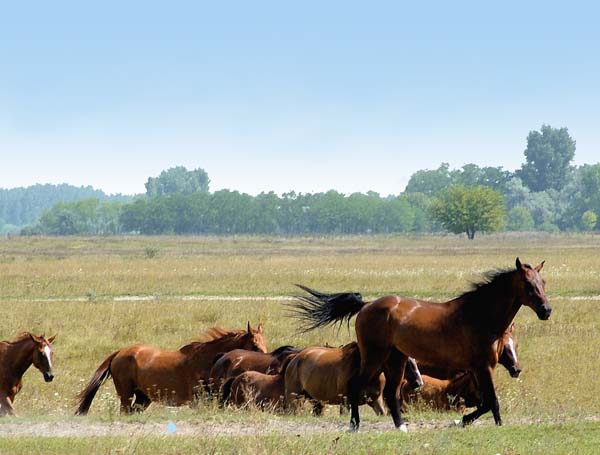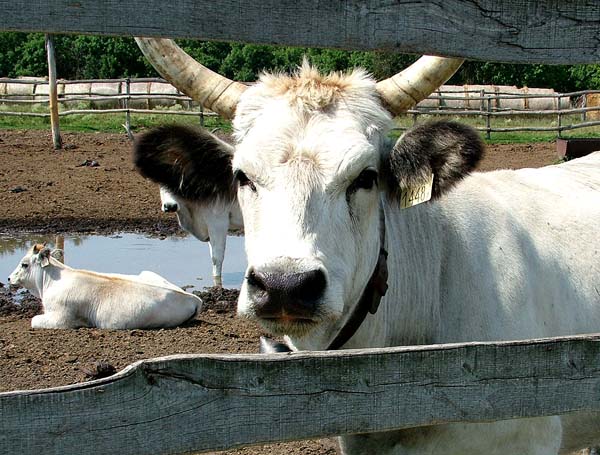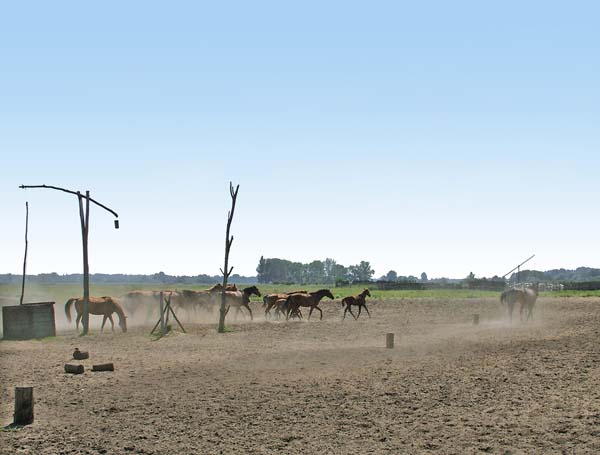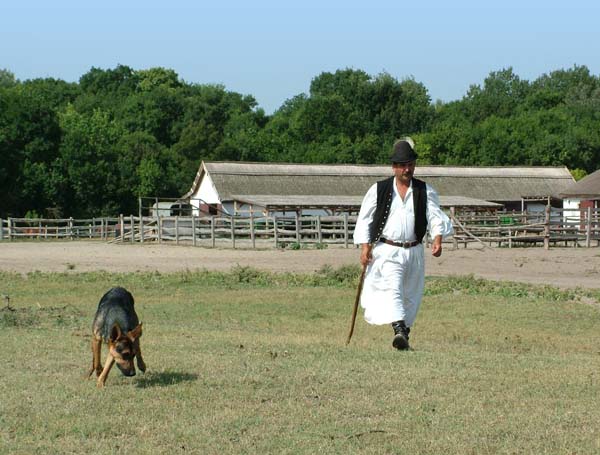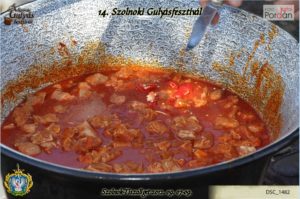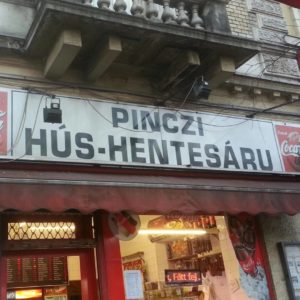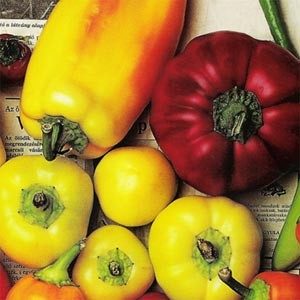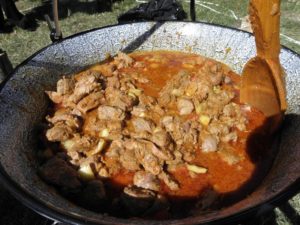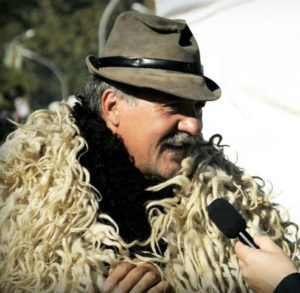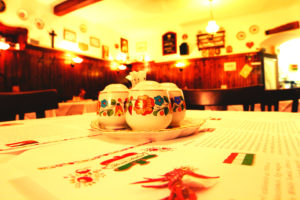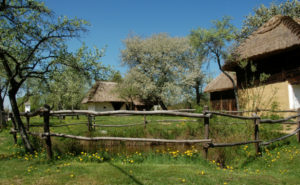Hortobágy – The Hungarian puszta
The Hortobagy is a landscape, whose special story, invaluable wildlife, and unique folklore is making it especially Hungarian. The deceased scrubs steppe was under the influence of the winding Tisza, but to complete the face of the landscape, the humans had a significant role too.
The modern sight of the Hortobagy is the result of marsh drainings, the grazing livestock production, and the forest cuttings. However the human presence can be proved since the late Stone Age is one of the earliest toponyms, the surrounding pusztas have been called “Hortobágy-puszta” only since 1701 – according to the records of city Debrecen.
Hortobagy
The name has been given to a river, the landscape, and the town Hortobágy found in 1966. Under this name, we deem the territory of the Great Hungarian Plain between the Hajdúság loess ridge and the river Tisza.
In the modern meaning has been formed only in the last century. Nobody has been called themselves as a “Hortobágy-puszta inhabitant”, because this title was absent. But since the last century, the puszta parts belonging to Debrecen was started to call as Nagyhortobágy.
The UNESCO World Heritage Committee has been added the to the List of World Heritage Sites in 1999.
(More about this theme in Hungarian: Erzsébet Táncos – netfolk.hu)
The pictures are from: szaszandras.info



